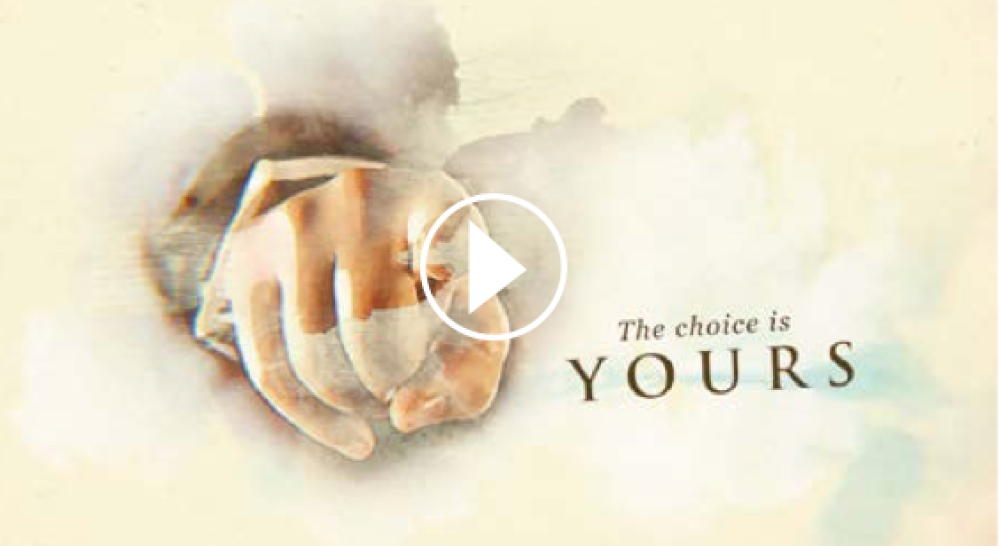The Great GDPR Opt-In Experiment⦠much more than just a tick box
06 Mar 2018

Most of us are by now familiar with the general implications of GDPR coming into force on 25th May 2018.
In the marketing space, the scale of the problem is evident in the hole that appears in the database of previously marketable contacts once GDPR rules are applied.
The challenge facing marketers now is winning opt-in.
This has an obvious and immediate impact on income streams and on other business and fundraising objectives that rely on direct communication to encourage individuals to do what’s necessary to meet them.
To meet this challenge, WPN Chameleon joined forces with fastmap to conduct a unique creative experiment designed to test the effectiveness of using advertising techniques to encourage opt-in.
The experiment was designed to test two different consent propositions in two different formats – a static adcept (copy plus image) vs a filmcept. The four approaches included different messages and communications channels to encourage people who have just made a donation on a charity website to consent to receive further marketing communications.
Applying a more advertising based approach, the copy/script for each was longer than a typical consent statement and worked harder to create emotional engagement.
These four ad/ filmcepts were then put into research to evaluate their performance against fastmap’s Consent Optimising Benchmarks. This helped to identify the strengths and weaknesses of each, against each other and relative to consent statements tested previously, providing clear directional insights.
The results of the experiment set out which communication was most likely to drive consent and how the messages scored against a set of established benchmarks in order to understand why they work and how they might be improved. Conclusions were drawn to help set out a series of steps to develop and test messages to drive consent from their own supporters and donors.
The experiment gives grounds for optimism. And there are lots of opportunities for every organisation to develop unique communications, specific to their target audience, to make the case for consent.
For a copy of the white paper - Permission Granted – which explores the hypothesis that advertising techniques can be used to overcome barriers and motivate supporters to give their consent, please contact dan.martin@wpnchameleon.co.uk

Please login to comment.
Comments